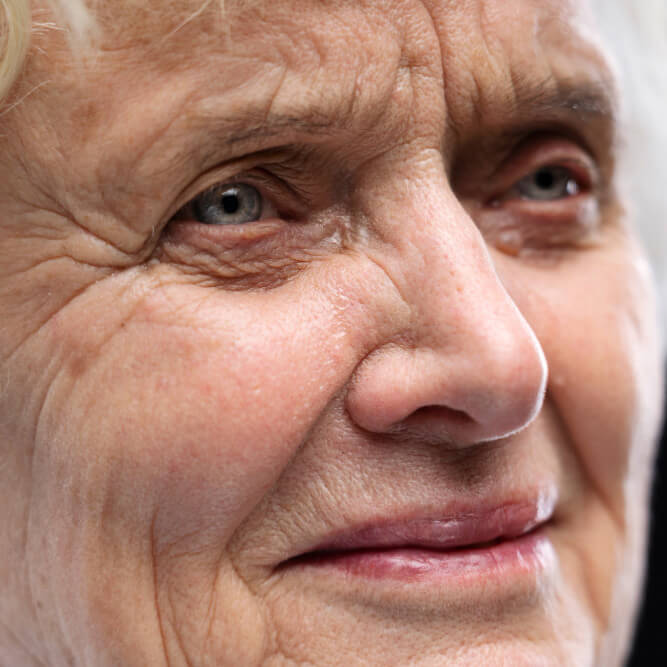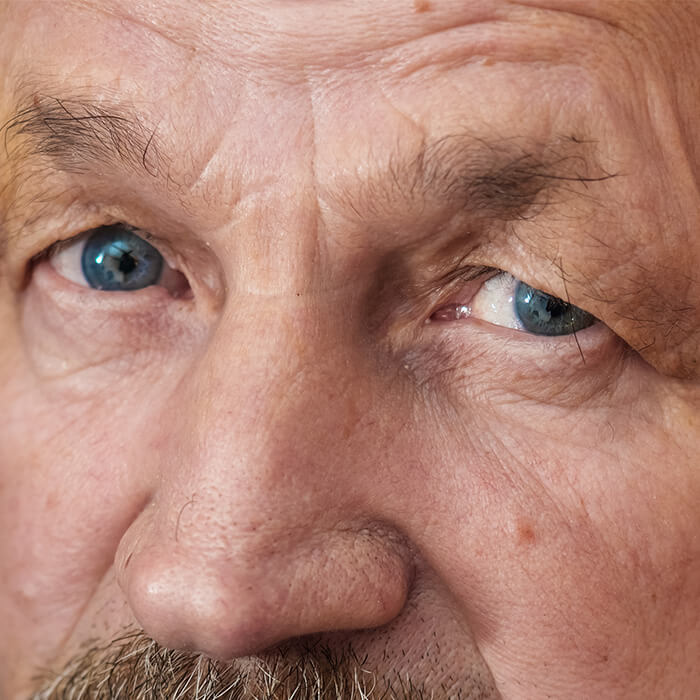Eyelid Ptosis Surgery In Raleigh, North Carolina
If drooping lids are making it harder to see or more challenging to feel like yourself, eyelid ptosis surgery with Dr. Sumeet Jindal at the Jindal Institute for Youthful Aging (JIYA) can be a game‑changer. We specialize in giving sagging, heavy lids a lift that looks natural, helps vision, and restores confidence. And because the procedure is performed with gentle local or twilight anesthesia, getting back to life happens faster than most people expect.

What Is Eyelid Ptosis?
Ptosis of the eyelid (often shortened to “eyelid ptosis” or “ptosis eyelid”) means the upper lid sits lower than it should. A mild case may only create a tired appearance, while a more severe droop can cover part of the pupil and literally block the view. Age‑related muscle stretch, congenital weakness, past eye surgery, or nerve conditions can all lead to ptosis of the eyelid.
What Is Eyelid Ptosis Surgery?
Eyelid ptosis surgery—sometimes called “eyelid ptosis correction” or simply “ptosis eyelid repair”—tightens or repositions the tiny muscle that lifts the lid (the levator) and removes any excess skin. At JIYA, we tailor the technique to each eye, aiming for symmetry, a refreshed look, and unobstructed vision. Because Dr. Jindal is an oculoplastic surgeon, the procedure blends the precision of eye surgery with an artist’s eye for aesthetics.
Why Get Eyelid Ptosis Surgery?
A quick lift can deliver outsized benefits, such as:
- Clearer sight: No more tilting the head back or lifting the brow to read street signs.
- Brighter expression: Friends notice rested, alert eyes instead of heavy lids.
- Reduced forehead strain: Less effort from the brow muscles means fewer tension headaches.
- Long-lasting confidence: Results typically last for many years, especially when skin care and sun protection are incorporated into the routine.

What To Expect During Eyelid Ptosis Treatment
- Consultation & Digital Imaging: We map lid height, muscle strength, and skin excess; photos help plan the lift down to the millimeter.
- Comfort‑First Anesthesia: Local or twilight medication keeps patients relaxed without the risks of general anesthesia.
- Precise, Scar‑Concealing Incisions: Dr. Jindal tucks the cut into the natural lid crease for an “invisible” line.
- Muscle Adjustment & Skin Trim: The levator muscle is tightened or re‑attached, and only the necessary sliver of skin is removed.
- Back Home the Same Day: Most people leave the office within an hour of the procedure and notice a noticeable improvement right away.
What Is Recovery Like?
- Day 1–3: Mild swelling and light sensitivity; cool compresses and prescription drops keep things comfortable.
- Day 4–7: Bruising shifts from purple to yellow; non‑strenuous work or virtual meetings are okay.
- Week 2: Stitches dissolve or are removed; makeup can camouflage residual color.
- Week 4+: Final lid position settles; exercise, contacts, and big events are back on the calendar.
Because no general anesthesia is used, nausea and sore throats are practically nonexistent, and overall downtime is shorter.
Why Choose JIYA For Your Eyelid Ptosis Surgery?
Dr. Sumeet Jindal is a board certified surgeon who has certifications in ophthalmology, laser surgery, and cosmetic surgery. This makes him one of the most qualified surgeons in the Raleigh, North Carolina area for LASIK vision correction. The Jindal Institute For Youthful Aging offers the best LASIK surgery Raleigh, NC provides.
To learn more and schedule a consultation, call us at 919-861-4494 ext. 3. Patients can also reach out online via chat contact form or Price Simulator.
Frequently Asked Questions
How do you fix ptosis permanently?
Surgical tightening or re‑attachment of the levator muscle offers the most lasting correction; non‑surgical fixes like eyelid crutches help temporarily but do not change anatomy.
Can ptosis go away on its own?
Childhood (congenital) ptosis rarely self‑corrects. Mild adult ptosis caused by fatigue or temporary nerve palsy can improve, but structural droop usually persists without surgery.
What deficiency causes ptosis?
Severe, prolonged vitamin B12 deficiency can affect the nerves controlling the eyelid, but nutritional causes are uncommon compared with age‑related changes.
Which vitamin is good for ptosis?
A balanced diet rich in B‑complex vitamins supports nerve health; while supplements alone won’t lift the lid, they keep muscles and nerves functioning optimally.
What is the most common cause of ptosis?
Age‑associated stretching of the levator muscle tendon (involutional ptosis) tops the list, followed by congenital weakness present from birth.
What are the dangers of ptosis?
Beyond cosmetic concerns, severe ptosis can narrow the visual field, strain forehead muscles, and in children risk amblyopia (“lazy eye”) if left untreated.
What kind of doctor treats ptosis?
Oculoplastic surgeons—or ophthalmologists with eyelid subspecialty training—handle ptosis evaluation and repair. Dr. Jindal fits squarely into this category.
At what age do eyelids start to droop?
For many, subtle drooping begins in the 40s as collagen declines; genetics, sun exposure, and lifestyle can speed or slow the clock.
Is ptosis genetic?
Yes, congenital ptosis and a natural predisposition to early lid sagging can run in families.
Who suffers from ptosis?
Anyone can develop ptosis of the eyelid, from newborns with congenital weakness to adults experiencing age‑related muscle laxity or injury‑related changes.